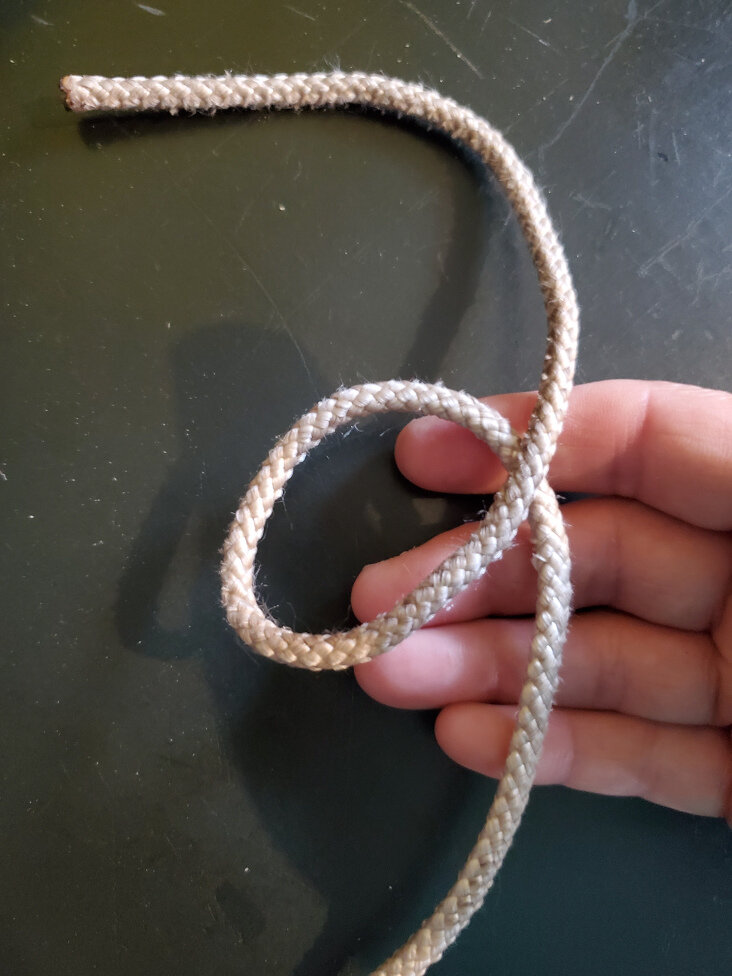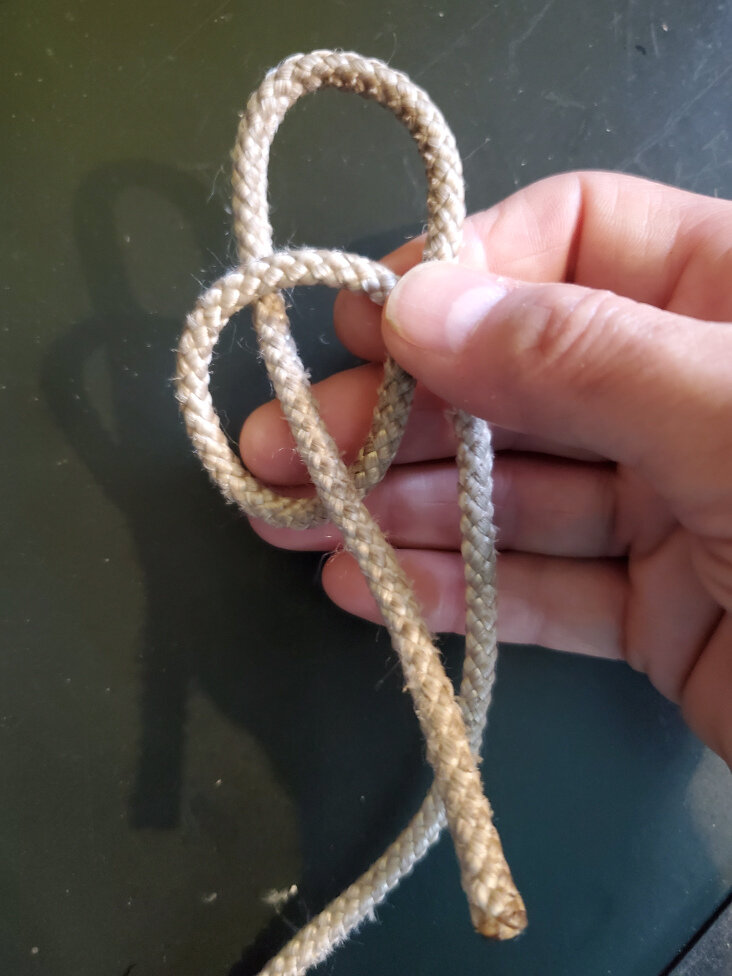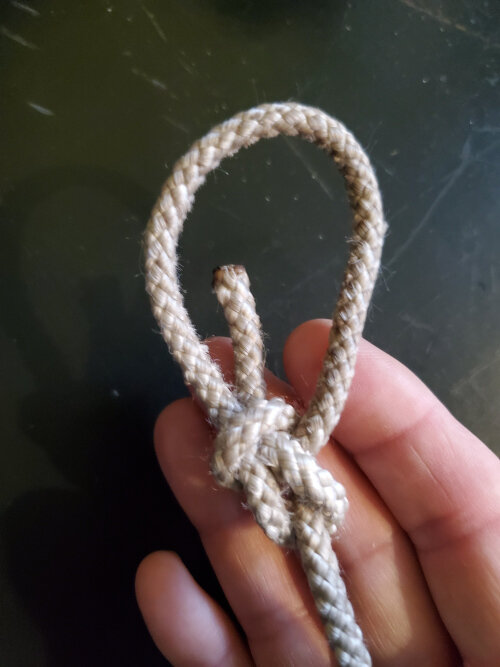What’s the weekly mettle maker? Training tips and educational information in support of our free programs, that’s what! What’s mettle? According the American Heritage Dictionary, mettle is, “The ability to meet a challenge or persevere under demanding circumstances; determination or resolve.”
Mettle Maker #351
DID YOU KNOW…? That you you can get a daily motivational text message from Heritage Arts? Click the awesome (and perhaps a bit cheesy?) scrolling link below to sign up!
Click here to sign up for DAILY MOTIVATIONAL text messages!
...
Click here to sign up for DAILY MOTIVATIONAL text messages! ...
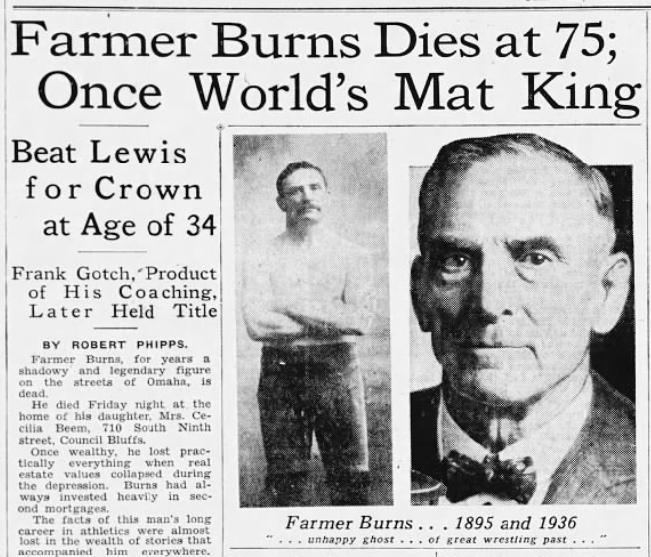
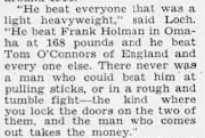
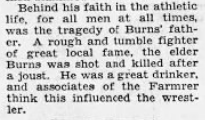
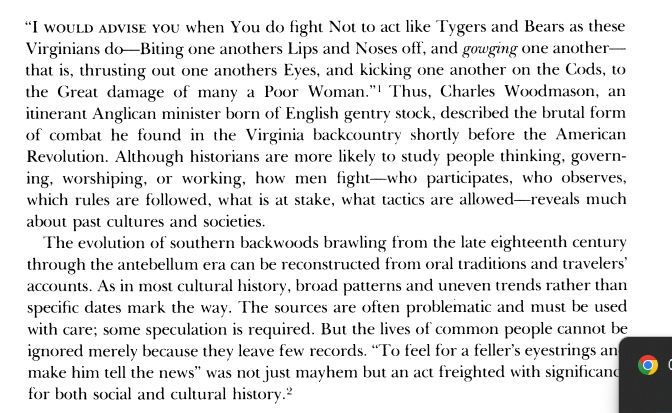
Self-Defense: What’s “Rough ‘n’ Tumble,” and it is a “real” martial art? Yes, Rough ‘n’ Tumble is a “real” martial art, although it was never formally codified. American Rough and Tumble is a self-defense oriented martial art that originated in the Southern Virginia backcountry during the Colonial Era but quickly grew, evolved, and spread throughout North America.
Rough ‘n’ Tumble used to be a household word. One of the United States’ finest wrestlers, the Godfather of Wrestling, Martin “Farmer” Burns, was a renowned Rough ‘n’ Tumbler, and so was his no-account father, whose exploits probably fueled Farmer Burns’ distaste for alcohol, tobacco, and other vices. For more info on Rough ‘n’ Tumble, the first and best resource is Elliott Gorn’s article available here. Like this sort of thing? Want to learn how to fight Rough ‘n’ Tumble style? Join the Heritage Self-Defense club in Richmond, VA. Or, if distance learning is your thing, click here to enroll in the Heritage Arts Self-Defense distance learning program!
A World War I era poster (1917) promoting a healthy relationship with food
Fitness: Food, the old-fashioned way. The old-timers, on the main, had a far healthier outlook with regard to food. My grandmother Mitchell cooked either biscuits or cornbread for every meal (from scratch of course). But her portion sizes were smaller, and the recipes much lower in fat, than those in most restaurants and fast food joints today. She made dessert for every meal too — but it was usually something not at all decadent, like a square of gelatin with fruit or a dollop of whipped cream, a half a canned pear with a drizzle of raspberry syrup, a small brownie, or a couple of cookies. There were always at least two vegetables served at every meal — one green and one other — and a starch (potatoes, rice, or beans, rarely pasta).. Nothing went to waste, everything she bought was local. and in season. And, if you were overweight and you reached for seconds, you might have gotten a smack on the back of the hand (unless it was a holiday). We’d all do well to toss out all of the voodoo, fads, and crash diets and eat like grandma and grandpa. We’d be happier, healthier, and it would be good for our communities too. Want more old-school fitness material? Click here to sign up for our 100% free program!
Wildwood: Know your knots. The Bowline Hitch is one of the most useful knots there is — very helpful when you want a non-slipping loop in the end of a rope — see the photo set on the left. Want to learn more fun nature appreciation and survival skills? Click here and sign up for the 100% free Heritage Wildwood distance learning program!
Holy Communion is now LIVE on YouTube every Sunday at 9AM. Due to YouTube LIVE processing times, the weekly Holy Communion video is often partial until late afternoon or evening. If you attempt to view the video, and running time is less than 40 to 45 minutes, please check back later.
CLICK HERE TO VIEW AND PRINT THE HOLY COMMUNION PROGRAM
Homily for the Second Sunday of Easter, Sunday 4/16/23 – Archdeacon Mitch
Readings: Acts 2:42-47, Ps 118:2-4, 13-15, 22-24, 1 Pt 1:3-9, Jn 20:19-31
John 20:19-31 World English Bible Catholic Edition
When therefore it was evening on that day, the first day of the week, and when the doors were locked where the disciples were assembled, for fear of the Jews, Jesus came and stood in the middle and said to them, “Peace be to you.”
20 When he had said this, he showed them his hands and his side. The disciples therefore were glad when they saw the Lord. 21 Jesus therefore said to them again, “Peace be to you. As the Father has sent me, even so I send you.” 22 When he had said this, he breathed on them, and said to them, “Receive the Holy Spirit! 23 If you forgive anyone’s sins, they have been forgiven them. If you retain anyone’s sins, they have been retained.”
24 But Thomas, one of the twelve, called Didymus,‡ wasn’t with them when Jesus came. 25 The other disciples therefore said to him, “We have seen the Lord!”
But he said to them, “Unless I see in his hands the print of the nails, put my finger into the print of the nails, and put my hand into his side, I will not believe.”
26 After eight days, again his disciples were inside and Thomas was with them. Jesus came, the doors being locked, and stood in the middle, and said, “Peace be to you.” 27 Then he said to Thomas, “Reach here your finger, and see my hands. Reach here your hand, and put it into my side. Don’t be unbelieving, but believing.”
28 Thomas answered him, “My Lord and my God!”
29 Jesus said to him, “Because you have seen me,§ you have believed. Blessed are those who have not seen and have believed.”
30 Therefore Jesus did many other signs in the presence of his disciples, which are not written in this book; 31 but these are written that you may believe that Jesus is the Christ, the Son of God, and that believing you may have life in his name.
For Thomas, the death and resurrection of Jesus cannot be proved except by physical evidence -- placing his fingers in Jesus’ wounds and putting his hand in his side. There were then, and there are now, many more men and women just like Thomas – those who need material proof in order to believe. Jesus says, “Blessed are those who have not seen and have believed.” Indeed, blessed are they!
But the question is, where does that leave the doubting Thomases of today? What are they supposed to do with their doubts? And, when we’re evangelizing, how are we supposed to answer those who say, much the same as Thomas did, “Look buddy, you’re wasting your time. I’m not believing in the resurrection until I place my fingers in the wounds of his hands, and put my hand into his side.” Some will even say, “Your Jesus left you high and dry – you’ve got no proof.”
Well, I’ve got a very simple and direct answer that you can give to the doubting Thomases you encounter. And it goes like this.
My friend, you are not the first to want physical proof for the death and resurrection of Jesus Christ. One of his own disciples, named Thomas, when he received the news, doubted its truth until he was able to put his fingers into the wounds on Christ’s hands, and place his hand into the wound where Christ was pierced by a spear. My friend, the body of Christ is alive and well, both literally and figuratively, because although Christ rose from the dead and, in a sense withdrew until he comes again, he left his mystical body, the church, “which is the blessed company of all faithful people” who are “heirs through hope” of his “everlasting kingdom” (BCP 1928). We invite you, dear brother, to put your hand in our hand and to feel our wounds, and to place your hand into our side, and let us show you the reality of Christ. “For even as we have many members” we “who are many, are one body in Christ, and individually members of one another” (Rom 12:4-5).
This is not a metaphor, my dear doubting friend. Nor are these just some clever words. Christians have believed from the earliest days of the church, that all believers taken together are the literal body of Christ on earth and have used that precise term. Christ knew this moment would come, and he left his body, the church, right here on earth so that you could test, and see, and have proof.
Many of us have been like you, alienated or even enemies of God, separated from him by doubts, misapprehensions, delusions, and immaturity. Many of us have been swayed by convincing skeptics, witty cynics, and naysayers. But “don’t let anyone rob you through philosophy and vain deceit, after the tradition of men, and the rudiments of the world” from being made full. “For in him all the fullness of the Deity dwells bodily, and in him you are made full, who is the head of all principality and power.” (Col 2:8-10). The doors are open my friend. Come inside, put your hand in ours, test and see for yourself the fullness, happiness, healing, forgiveness, and salvation that await you inside the body of Christ.
This is the good news we must share, brothers and sisters, with the doubting Thomases of this world.
-------------------------------------------------------------------------------
‡ 20:24 or, Twin
§ 20:29 TR adds “Thomas,”


